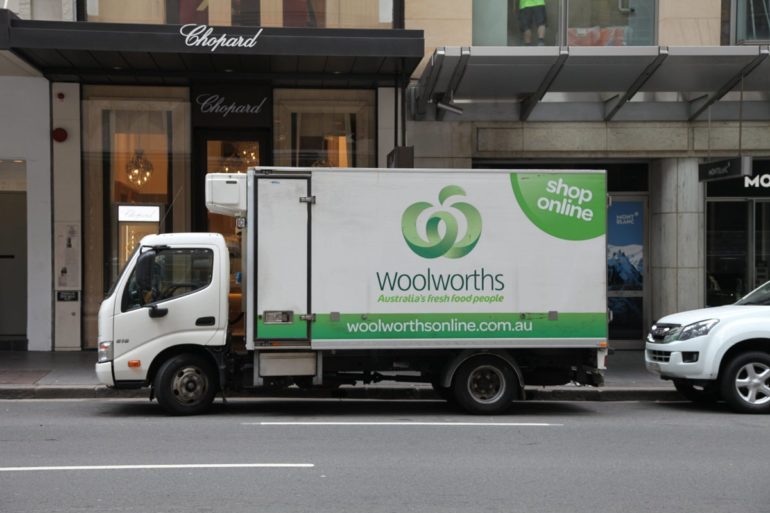Woolworths has reported that despite a “very challenging” quarter due to COVID-19, total group sales for the first quarter of the 2022 financial year came in at AU$16 billion, an 8% increase year-on-year.
Of that total, the company’s Australian Food business made up AU$12 billion, 4% higher than last year’s AU$11.8 billion. Breaking that down by sales channel, Woolworths supermarket stores stabilised around the AU$10.5 billion mark, while its WooliesX B2C ecommerce sales jumped 53% from AU$907 million to AU$1.39 billion during Q1. Its online supermarket sales made up 11.4% of total Woolworths retail sales, with 86% of it fulfilled by the Woolworths supermarket store network.
“Strong sales growth in the quarter was due to increased demand as a result of lockdowns in NSW and Victoria and strong collaboration with Woolworths supermarkets to increase ecommerce capacity,” Woolworths said.
“WooliesX and Woolworths Supermarkets worked in close partnership to meet elevated level of customer demand for both direct to boot and delivery services, and rapidly added new capacity through stores and customer fulfilment centres across the eastern seaboard.
“By the end of the quarter, a total of 664 direct to boot services were enabled, and a partnership between Woolworths Metro and Uber Eats was launched to enable 60-minute grocery delivery and went live in 12 stores in Sydney and Melbourne.”
During Q1, average weekly traffic to the Woolworths and Everyday websites and apps reached 15.6 million weekly visits, up nearly 37% on Q1 F21.
By the end of the quarter, Everyday Rewards members had increased 13.3 million, up 5.5% on Q1 F21 with scan rates increasing to 54.7% of all transactions.
The Everyday Rewards app continued to grow in popularity with weekly active app users doubling compared to Q1 F21, Woolworths added.
Similar patterns were seen over in New Zealand due to lockdown restrictions in greater Auckland where ecommerce sales grew by 17% to AU$270 million.
Woolworths CIO John Hunt recently described fulfilling online orders during the height of the COVID-19 pandemic, particularly during the first two months, as like “Christmas Eve volumes every single day”.
Hunt highlighted the challenge that came with fulfilling online grocery orders had nothing to do with not having enough technology capacity to handle the order volumes, but rather enough staff to complete those orders. Over 80% of online orders are still manually handpicked in-store by staff, according to Hunt.
“Happily, from a pure technology perspective, it was not too much of a challenge in that I think we could ramp up from a tech infrastructure capacity capability … I think enabling our team has been more of a challenge, particularly around online in terms of pure volumes,” he said.
“The technology could take 10 times, 20 times more orders, but to fulfil those orders has been a challenge, so we’ve had to think on our feet in the way we ramp up or picking capability.”
To assist staff with picking orders, Woolworths rolled out “huge amounts” of Fujitsu RF devices to its stores and central fulfilment centres, Hunt said.



